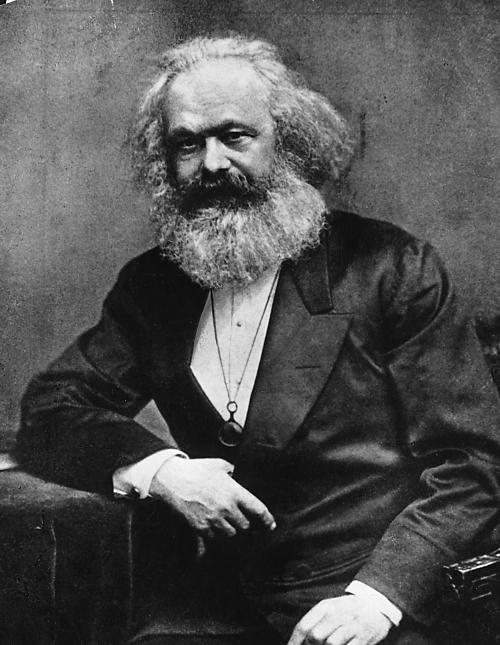Yes, yes, you may call me either naive or a fool. . . . But something I’ve struggled with accepting since entering PSU’s Book Publishing program and working within Ooligan Press is no longer viewing the book as an art form but as a product. A commodity. A price tag with literary value (or not). With such anxieties, I began researching Karl Marx’s theory of commodity fetishism and tripped down a perplexing rabbit hole with only more questions piling up as I begged for a clearer understanding of what gives a book value.
Let me explain.
Marx defines commodity fetishism in 1867 with his text Capital: Critique of Political Economy and an analogy of a table:
The form of wood, for instance, is altered if a table is made out of it. Nevertheless the table continues to be wood, an ordinary, sensuous thing. But as soon as it emerges as a commodity, it changes into a thing which transcends sensuousness. It not only stands with its feet on the ground, but, in relation to all other commodities, it stands on its head, and evolves out of its wooden brain grotesque ideas, far more wonderful than if it were to begin dancing of its own free will.
Marx theorized this fetishism as applying “phantom-like” and “magical” value to a man-made object. Obviously these values do not exist in a void but in a social environment (most naturally brought on by capitalism). Capitalism is notorious for ignoring the labor behind a given product, only applying significance to its face value. Marx theorized two different forms of value: use-value and exchange-value. Use-value can be defined as the way in which it meets societal needs. In a publishing sense, a book has use-value if it has literary or educational purpose, or maybe even pure enjoyment. Exchange-value can be defined as how a product is priced, received, or exchanged within society. Once again, in a publishing sense (and speaking broadly), fiction paperbacks are sold generally on the same price plane. However, this does not take into account the quantity of books that will be dispersed because of the monetary momentum (from a well-known publisher) toward recognition.
I do recognize that publishers are a creation of capitalism and that monetary value propels the world forward! However, it’s hard to ignore the fact that a book, as a literary, leisure, or educational tool, has evolved to a semi-novelty item. I will attempt to define my broad connotations of “novelty”: it is mass produced (probably overseas) and/or it is a new best seller because of whatever the hottest new trend is, often so poorly written you want to cry. However, I recognize that a portion of a book’s value is held in its enjoyment or escapism for the reader and that the merit within the front and back covers is rarely recognized unless published by a notable and symbolic publishing house.
You could say I bit off more than I could chew by attempting to begin and end a discussion on commodity fetishism and what it means to be involved within the publishing world in such a limited word count. However, this theoretical issue keeps me charged and has pushed me to pursue it much more thoroughly after skimming its surface. I view this as a topic open for discussion, and I want more than anything to hear your insight into how how you view this paradigm: what does it mean to have a published book, and how does it have value?

